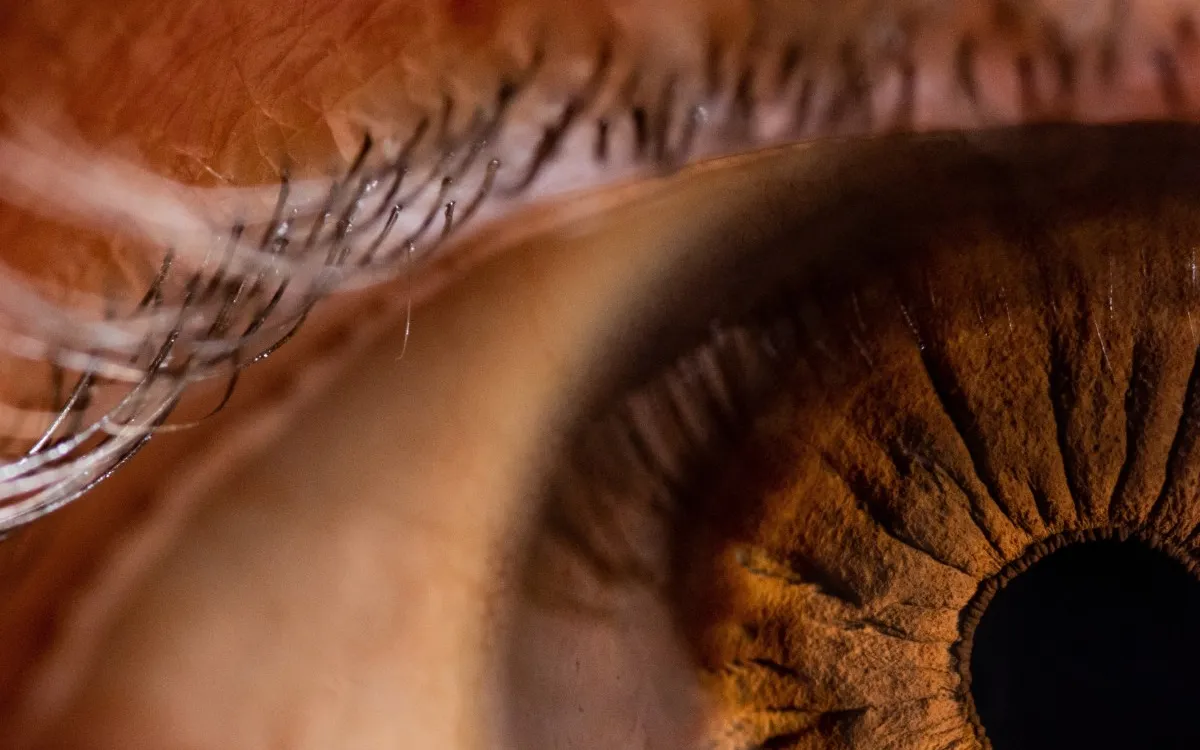
A groundbreaking discovery by a team of scientists in the United States has revealed a new color that humans cannot perceive without the aid of technology. This innovative research has led to the identification of a color named “olo”, which can only be experienced through a specialized device inspired by the Wizard of Oz. While olo remains invisible to the naked eye, the five individuals who have witnessed it describe the color as reminiscent of teal.
Professors from the University of California, Berkeley, and the University of Washington School of Medicine published their findings in the journal Science Advances on April 18. In this article, they introduced a technique called Oz, designed to “trick” the human eye into perceiving the elusive color olo. This technique is named after the Wizard of Oz, drawing a parallel to Frank Baum's classic narrative where illusions deceive the inhabitants of a fantastical world.
In the story, the Emerald City dazzles with its vibrant hues, prompting visitors to wear special glasses that enhance their experience. Similarly, the Oz technology utilizes laser pulses to create an experience of color beyond human perception.
The human eye detects color through three types of photoreceptors, known as cone cells, located within the retina. These cells include S cones, which respond to shorter blue wavelengths; M cones, which pick up medium green wavelengths; and L cones, which detect longer red wavelengths. According to Francis Windram, a research associate at Imperial College London, these cones send signals through a complex network in the retina, ultimately reaching the visual cortex of the brain.
In typical vision, the function of M cones overlaps with the S and L cones, meaning that no single light wavelength can stimulate only the M cones. Ren Ng, a professor of electrical engineering and computer sciences at UC Berkeley, pondered what it would be like to solely stimulate M cones. This inquiry led him to collaborate with Austin Roorda, a professor of optometry and vision science, to develop the Oz technology, described as “a microscope for looking at the retina.”
The Oz device utilizes microdoses of laser light to target individual photoreceptors, allowing the researchers to study eye diseases. The project began in 2018, led by James Carl Fong, a doctoral student at UC Berkeley. Hannah Doyle, another doctoral student, conducted experiments that enabled human subjects to observe the new color, olo.
While the shade of olo has always existed, it lies beyond the visible spectrum for humans. Thus, olo is not a new color in terms of its physical properties but rather a previously undetectable hue. Windram notes that from a sociolinguistic perspective, if society begins to name colors previously indistinguishable due to this technology, then it could indeed be considered “new.”
So far, only five individuals—four men and one woman—have experienced the color olo. All participants had normal color vision, with three being co-authors of the research paper. The other two subjects, unaware of the study's objectives, were lab members at the University of Washington.
Those who have seen olo describe it as a teal or green-blue hue—one they had never encountered before. According to the UC Berkeley article, it is characterized as a “blue-green color of unparalleled saturation.” Roorda remarked that it appeared as a profoundly saturated teal, far surpassing any natural color previously seen. Doyle also confirmed the striking nature of olo, stating, “You know you’re looking at something very blue-green.” While an image of a teal square may serve as a close match, the naked eye cannot perceive the true shade of olo.
The researchers at Berkeley are investigating whether the Oz technology could aid individuals with color blindness. Windram highlighted that success in this area would depend on the specific type of color blindness. For example, deuteranomaly, which reduces sensitivity to green light, is the most prevalent form of color blindness. A miniaturized version of this technology could potentially correct this by directly stimulating the cones when the appropriate light wavelength reaches them. However, Windram cautioned that significant advancements would be necessary to make this feasible.
Understanding how people perceive color involves three main components: the physical aspect (wavelengths of light), the neurological component (how humans process these signals), and the societal or linguistic aspect (how colors are named). Windram explained that individuals may perceive a color like “red” differently based on their cultural or personal context. This subjective perception was notably highlighted during the viral debate over the color of a dress in 2015, showcasing how lighting and personal interpretation can influence color perception.
Color perception varies significantly among species. While humans can detect three primary wavelengths—red, blue, and green—some creatures, such as the mantis shrimp, can perceive an astounding twelve channels of color. The Australian Academy of Science notes that mantis shrimp can also detect ultraviolet and polarized light, which remains invisible to humans. In contrast, dogs possess only two types of cones, limiting their color perception primarily to shades of yellow and blue.